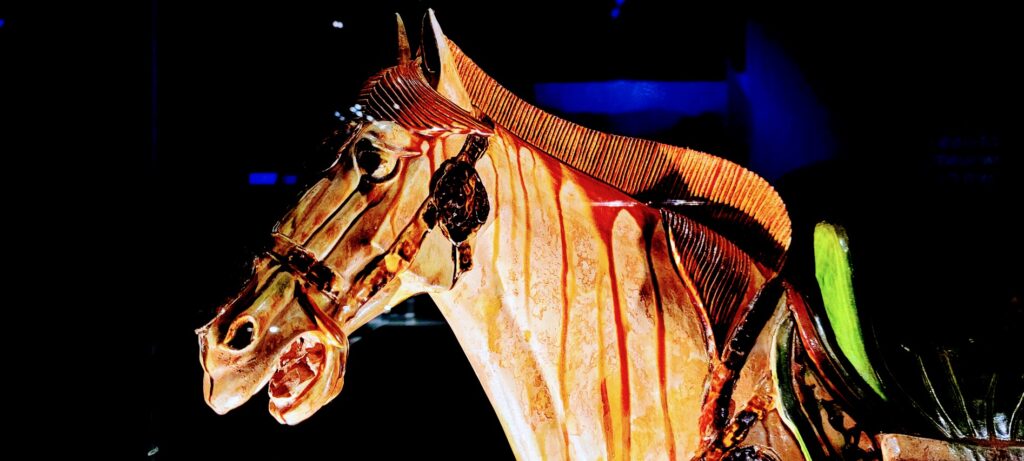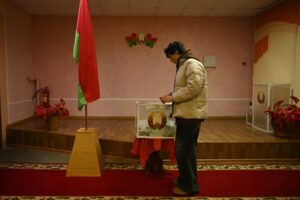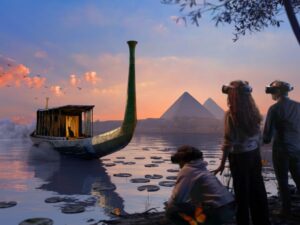Review of ‘Silk Roads’: A journey through time, space, commerce, religion and politics

Exploring the Silk Roads. Horses were key for facilitating trade. Image by Tim Sandle
The British Museum’s popular exhibition Silk Roads contains accounts of adventurous journeys from one end of the world to the other; however, the primary focus is to display an array of objects reflecting different culture, religions and political affiliations. Digital Journal’s London correspondent paid a visit.

The Silk Road (or, more accurately, ‘roads’ or ‘routes) were a network of Eurasian trade routes active from the second century BCE until the mid-15th century. The routes spanned over 6,400 kilometres and they were pivotal for facilitating economic, cultural, political, and religious interactions between the Eastern and Western worlds.

The Silk Roads derive their later-afforded name from the highly lucrative trade of silk textiles produced in China, with the trade beginning during the Han dynasty (202 BCE – 220 CE).

The routes were convoluted and complex; the resultant Silk Road(s) consisted of several routes, entwined in a complex supply chain network. Some routes extended westwards from the ancient commercial centres of China. Whereas the lengthy overland, intercontinental Silk Road divided into northern and southern routes bypassing the Taklamakan Desert and Lop Nur.

What were the Silk Roads?
The Silk Road (or, more accurately, ‘roads’ or ‘routes’ for there were several interconnected flows of people and goods) was a network of Eurasian trade routes active from the second century BCE until the mid-15th century. These commodity routes spanned over 6,400 kilometres and they were pivotal for facilitating economic, cultural, political, and religious interactions between the Eastern and Western worlds. The routes were arguably important, alongside later industrialization, for the later harnessing of the facest of trade, military and empire, as constituent parts of Victorian capitalism.
Used for more than a millennium, the Silk Roads were an intricate network of trade routes that spanned across Europe, Asia and Africa.

A caravan of beautiful, unusual, intricate objects
The exhibition is divided into five sections, each exploring a different geographical area along the ancient route.

To develop the exhibition, the British Museum worked with 29 national and international partners to present objects from many regions and cultures alongside those from the British Museum collection.
The exhibition provides an opportunity to see objects from the length and breadth of the Silk Roads. From Tang Chinese ceramics destined for ports in the Middle East to Indian garnets found in Suffolk, they reveal the astonishing reach of these networks.

The Maritime Silk Road was the maritime section of the historic Silk Road that connected Southeast Asia, East Asia, the Indian subcontinent, the Arabian Peninsula, eastern Africa, and Europe.

By the first century CE, Chinese silk was widely sought-after in Rome, Egypt, and Greece, further driving the trade network.
Other lucrative commodities from the East included tea, dyes, perfumes, and porcelain; among Western exports were horses, camels, honey, wine, and gold.

The routes resulted in the accumulation of substantial wealth for emerging mercantile classes.



Many artistic influences were transmitted via the Silk Road, particularly through Central Asia, where Hellenistic, Iranian, Indian and Chinese influences could intermix.
The network was highly decentralized, and security was sparse: travellers faced constant threats of banditry and nomadic raiders.

Geopolitics were shaped by goods as diverse as paper and gunpowder.
The network facilitated an unprecedented exchange of religious (especially Buddhist) thought.


Later the routes were important for the spread of Christianity and Islam, as well as hybrids between these two Abrahamic faiths.


The Silk Roads began to decline in the fifteenth century. The fragmentation of the Mongol Empire loosened the political, cultural, and economic unity of the Silk Roads.

The silk trade continued to flourish until it was disrupted by the collapse of the Safavid Empire during the 1720s.

The Silk Roads exhibition is simply wonderous and worth catching for its remaining weeks if you are resident to or visiting London.
There is still time to visit
Silk Roads: Exhibition is at the British Museum, London – 26 September 2024 – 23 February 2025.
Review of ‘Silk Roads’: A journey through time, space, commerce, religion and politics
#Review #Silk #Roads #journey #time #space #commerce #religion #politics





